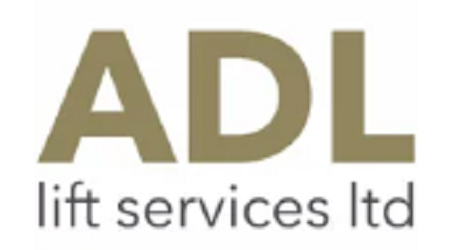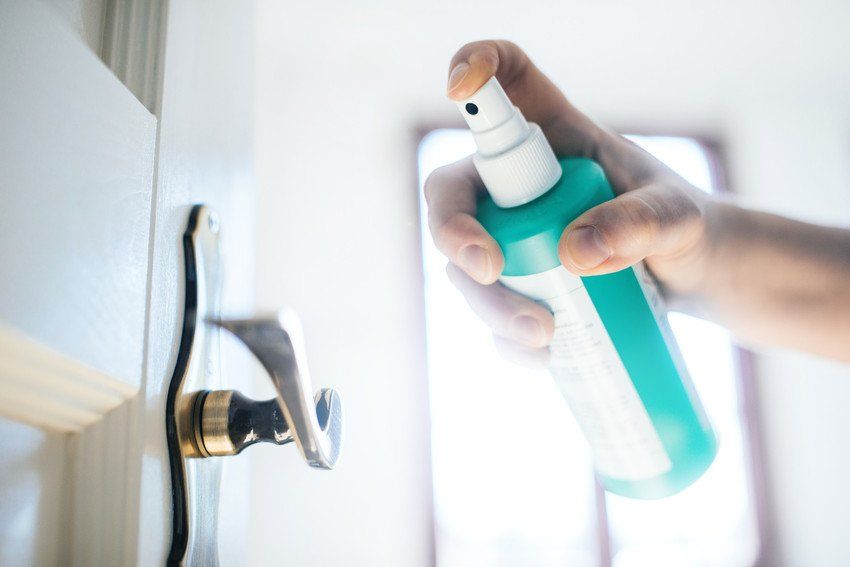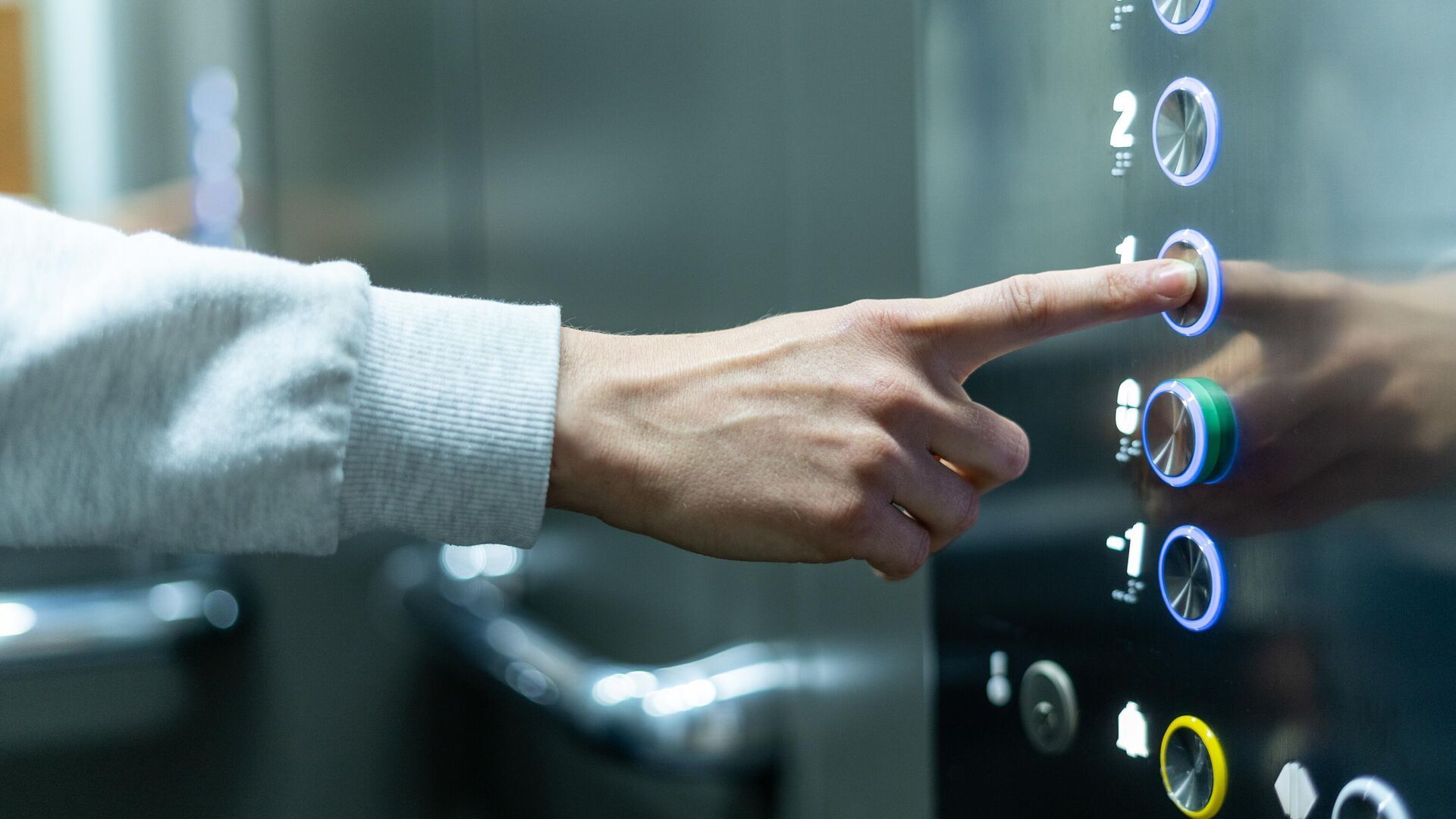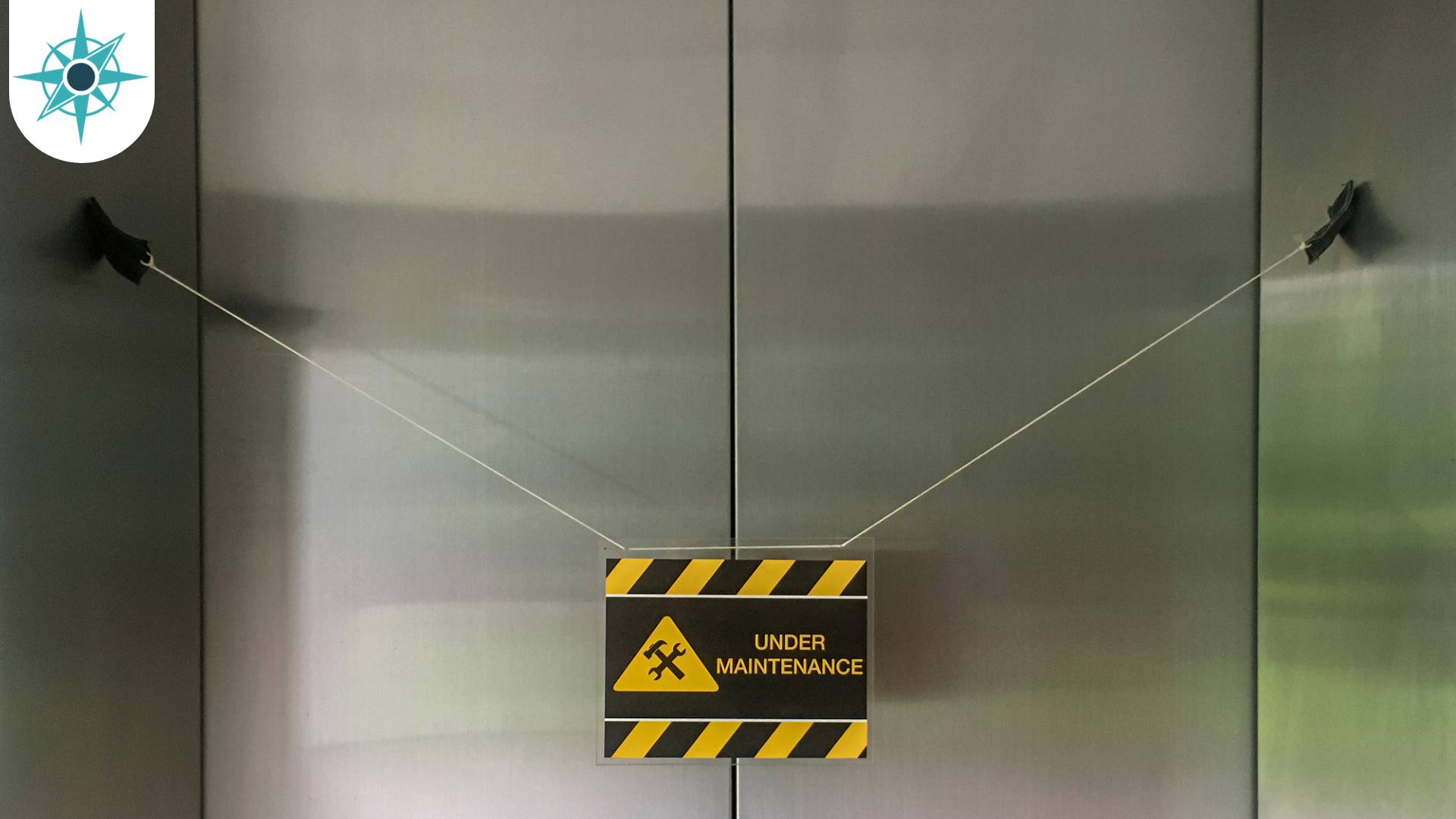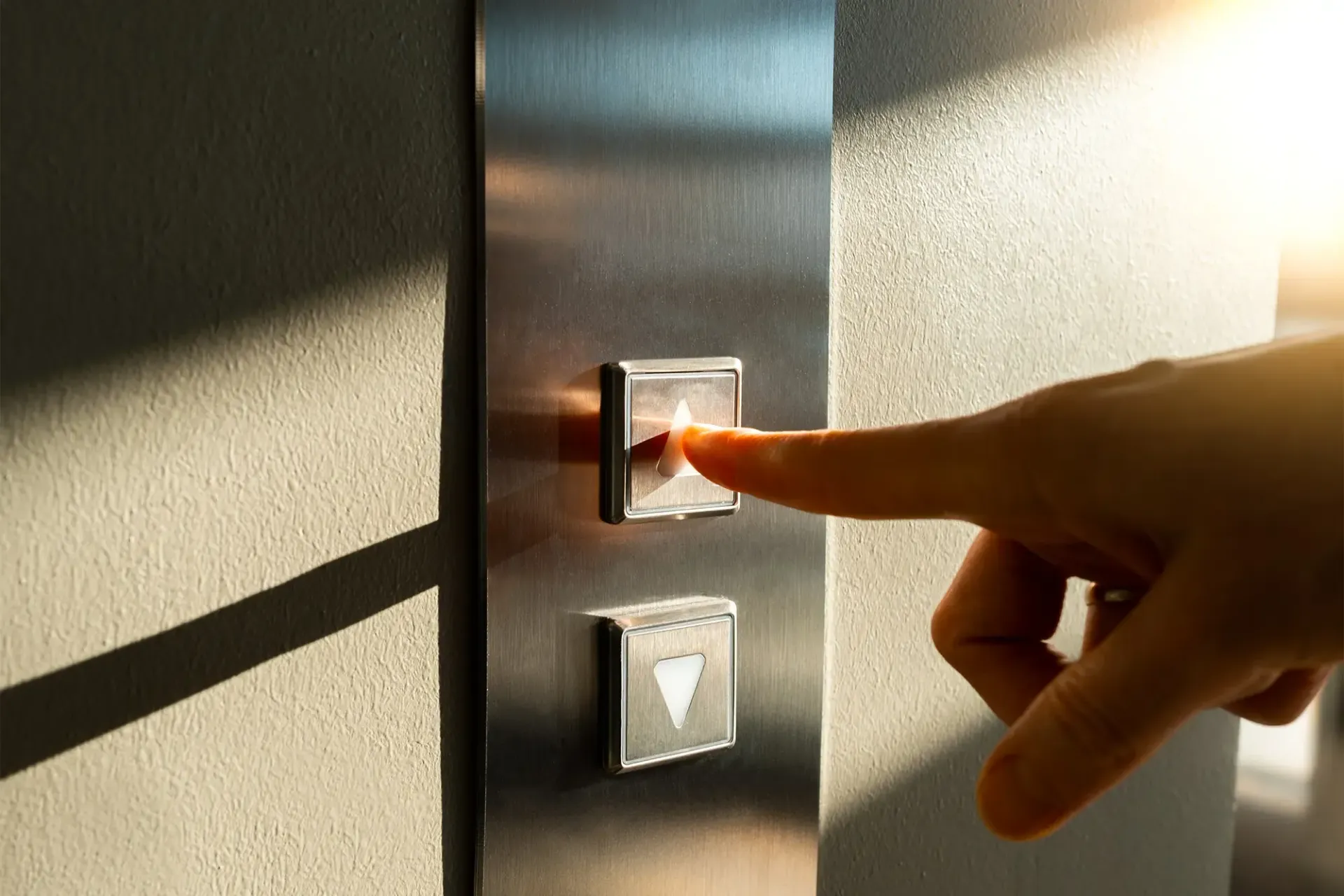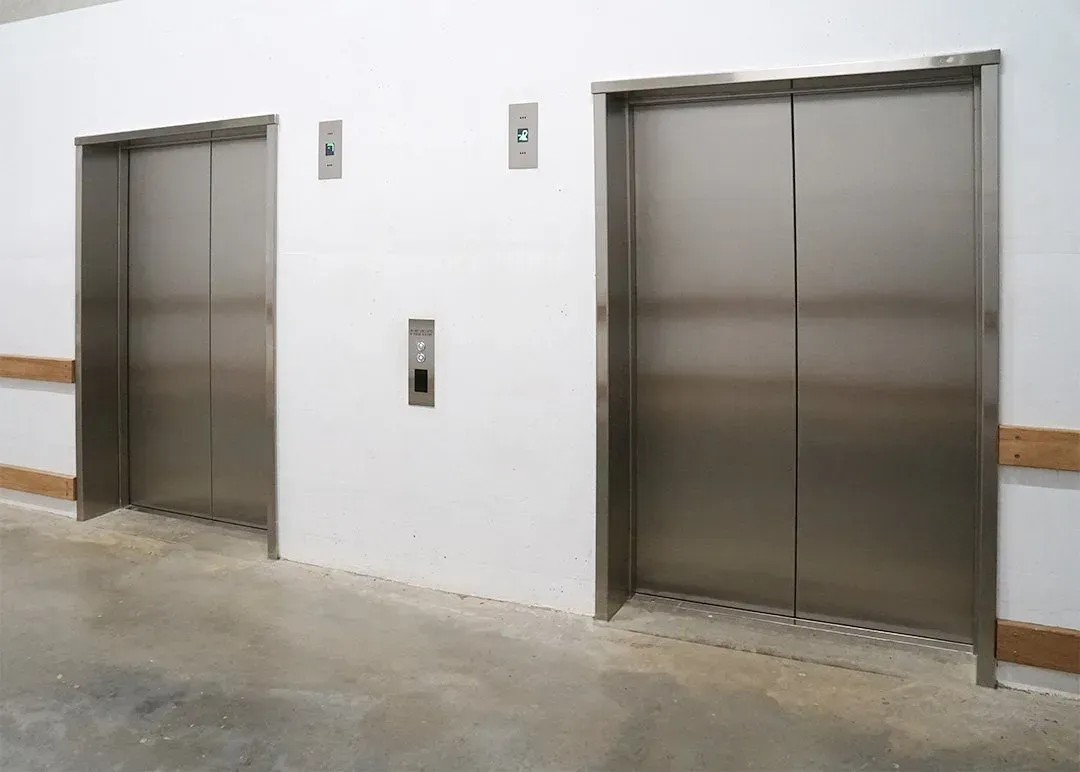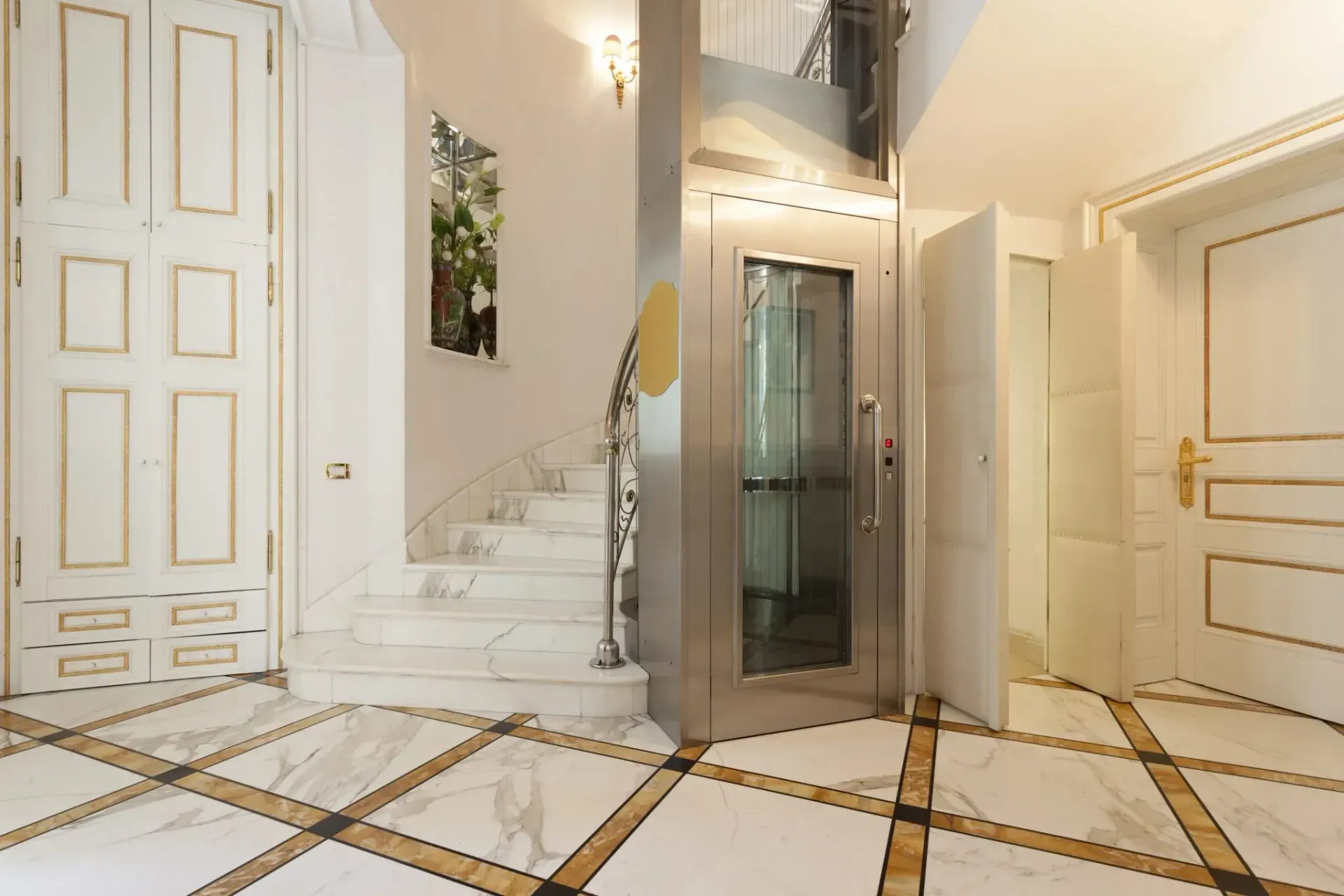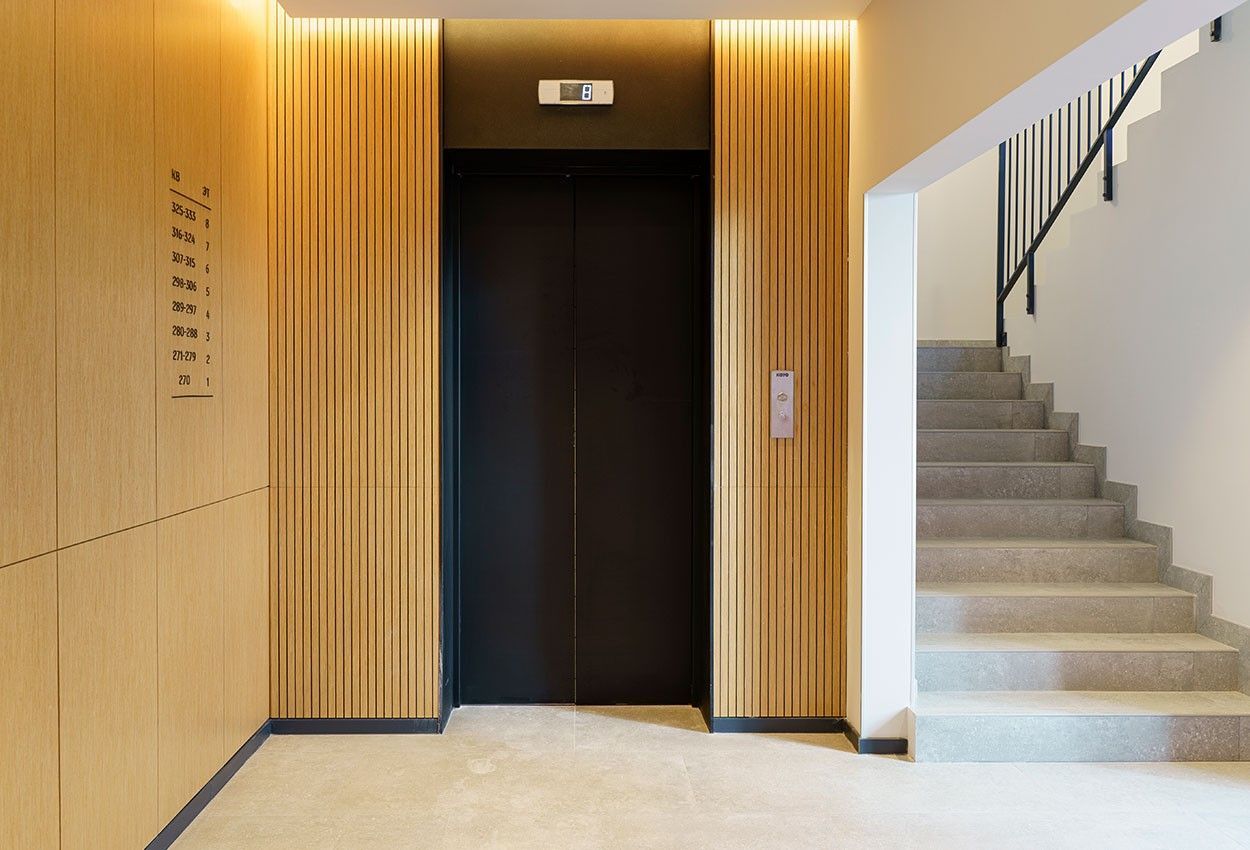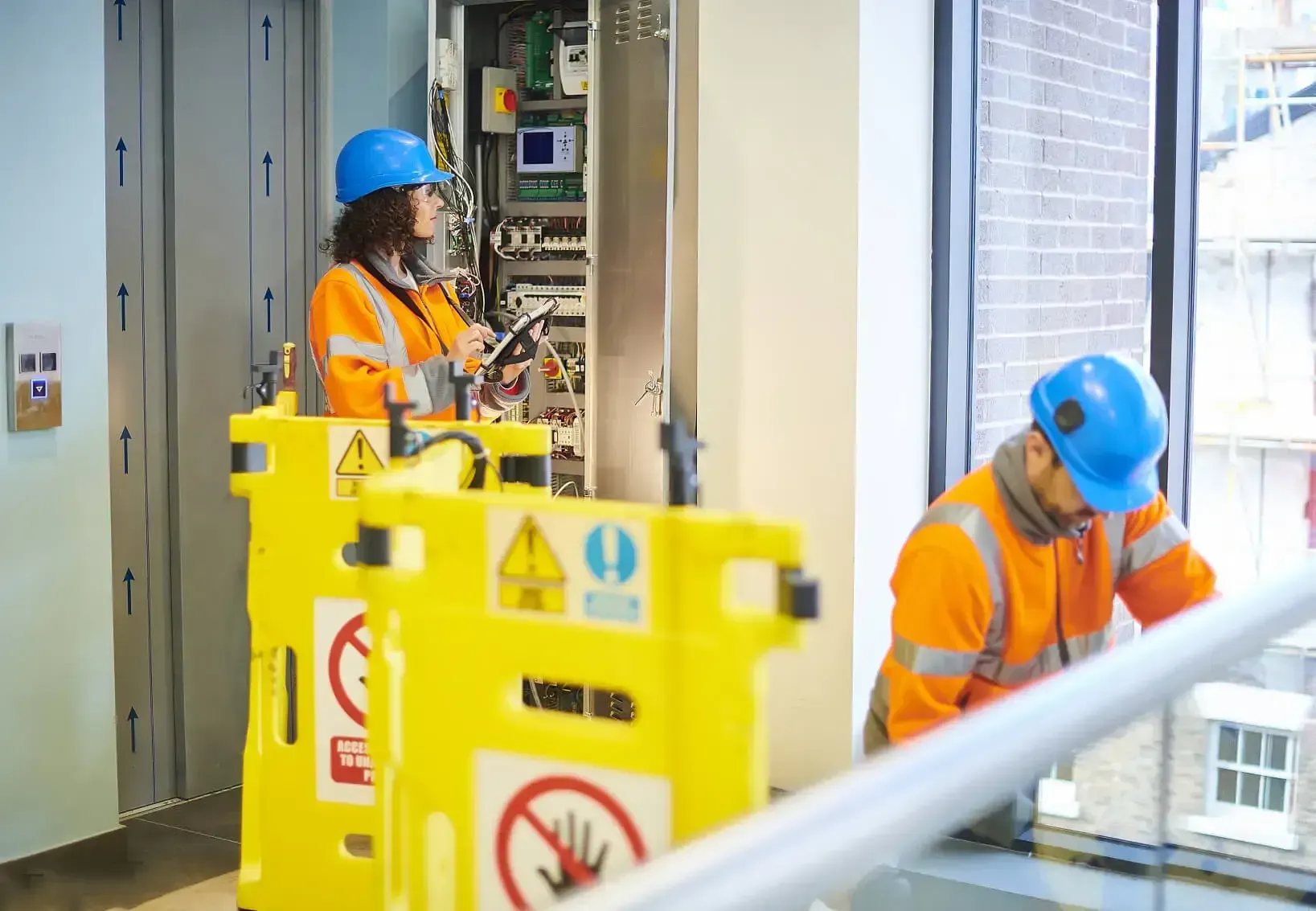The Future of Lifts Post-COVID-19
Using lifts has many unwritten rules, particularly if riding in a busy commercial building. It’s polite to hold the door for someone running to the elevator and most people will face the doors while riding in the lift. When the pandemic hit, people’s use of lifts changed and people had to try and socially distance as much as possible.
How will our use of lifts continue to change even after the pandemic?
Do lifts increase the risk of COVID-19?
Now we have a greater understanding of how the virus spreads, we know how to reduce the transmission between people. This involves avoiding close contact with one another and trying to stay at least three feet apart. As the virus can travel in droplets or aerosols from an infected person’s nose or mouth, lifts are enclosed spaces that could make infection more likely.
While being in an elevator with an infected person will increase your chances of catching the virus, it’s not necessarily more risky than coming into close contact with someone in another setting such as in a meeting or in a car.
Using lifts during COVID-19
While there are still cases of COVID-19 in many places, it’s vital you stick to the following precautions if you want to lower your risk of catching the virus.
- Wear a mask - It’s a good idea to wear a mask when you’re in a confined area and many buildings will still require you to wear a mask.
- Don’t talk - Before COVID-19 it may have been common courtesy to chat to someone in the lift, however keeping talking to a minimum is wise.
- Sanitize your hands - Before and after you use a lift and touch the buttons, make sure to clean your hands thoroughly.
- Limit contact with surfaces - When riding in a lift it’s wise to try and not touch anything you don’t need to such as handrails and walls. If you need to press a button you can try and use your elbow to minimise the risk that COVID-19 particles can reach your face or mouth.
- Face away from others - It still continues to be good etiquette to turn away from other riders in the lift to reduce the transmission.
Using lifts after COVID-19
Once the pandemic has ended, we may still continue to follow these rules to reduce the transmission of other illnesses, particularly in the winter, such as colds and flu. New technology can help create a touch-free elevator experience such as the lift stopping automatically at each floor. Other emerging technology allows the user to call the elevator using an app or with voice-activated controls.
ADL Lift Services is one of the leading lift companies in Scotland, providing lift servicing and repairs, installation, modernisation and disabled access lifts. If you’re searching for parts, equipment or services to ensure that your lifts work properly at all times, get in touch with ADL Lifts today.
